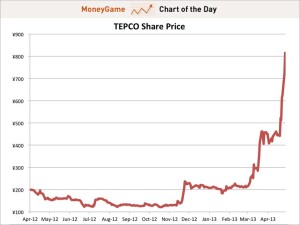Ross McElroy is the President, COO and Head Geologist for Fission Uranium Corp. – a uranium explorer spun out Fission Energy Corp in April 2013. The company has a major discovery in Canada’s Athabasca Basin as well as a selection of other highly prospective properties in the Athabasca and in the Macusani district of Peru. With his first years as a geologist spent with the Majors such as Areva, Cameco and BHP, Ross McElroy joined his first junior exploration company in 2007 and has specialized in the sector ever since.
Ross McElroy’s time with the majors enabled him to build a great network of highly trained professionals. It also trained him in every aspect of the mining business, so while his great love is exploration, he has an in-depth understanding of mine construction and production. He believes this has played a huge part in his success as an explorer.
In a recent interview with Stockhouse he responds to why he left the majors was “I wanted to focus on the sharp end of exploration while also heading up the technical direction of the company and of course sharing in the rewards of discoveries. It’s just not possible to pursue all three of those ambitions when you’re with the Majors. When you look a Fission Uranium Corp – we have the skills of the majors but we act like a junior. We are front-line explorers.”
Ross McEloy is naturally a huge believer in uranium as a commodity as he feels that if you believe in the need for clean energy then you really have to believe in nuclear energy and that means uranium. The massive nuclear build out going on not just in China, Russia and India but worldwide shows the realities of the worldwide energy situation.






